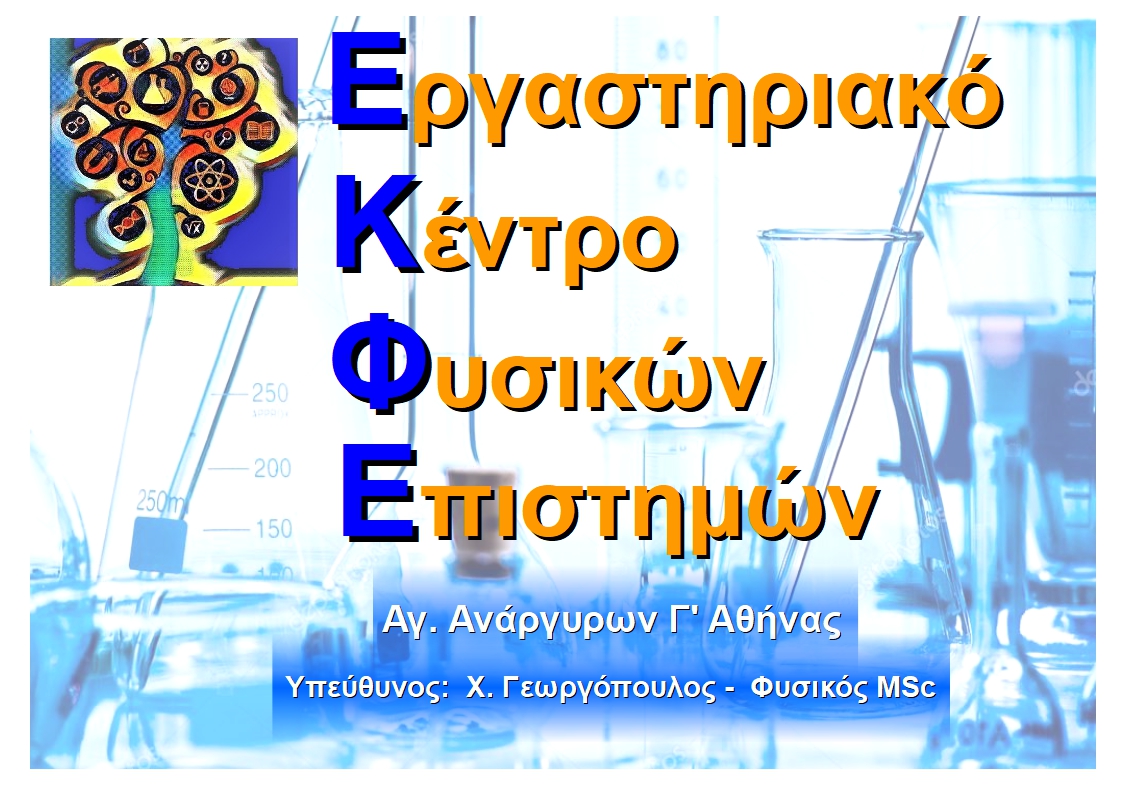he ESP32 comes with Wi-Fi, Bluetooth Low Energy and Bluetooth
Classic. In this tutorial, you’ll learn how to use ESP32 Bluetooth
Classic with Arduino IDE to exchange data between an ESP32 and an
Android smartphone.

We’ll control an ESP32 output, and send sensor readings to an Android smartphone using Bluetooth Classic.
Note: this project is only compatible with Android smartphones.
Watch the Video Tutorial
You can watch the video tutorial or keep reading this page for the written instructions.
Bluetooth Classic with ESP32
At the moment, using Bluetooth Classic is much more simpler than Bluetooth Low Energy. If you’ve already programmed an Arduino with a Bluetooth module like the HC-06, this is very similar. It uses the standard serial protocol and functions.

In this tutorial, we’ll start by using an example that comes with the Arduino IDE. Then, we’ll build a simple project to exchange data between the ESP32 and your Android smartphone.
Parts Required
To follow this tutorial, you need the following parts:
- ESP32 DOIT DEVKIT V1 Board (read Best ESP32 development boards)
- Android Smartphone with Bluetooth
- 5mm LED
- 330 Ohm resistor
- DS18B20 temperature sensor
- 4.7k Ohm resistor
- Jumper wires
- Breadboard
You can use the preceding links or go directly to MakerAdvisor.com/tools to find all the parts for your projects at the best price!

Bluetooth Terminal Application
To proceed with this tutorial, you need a Bluetooth Terminal application installed in your smartphone.
We recommend using the Android app “Serial Bluetooth Terminal” available in the Play Store.

Serial to Serial Bluetooth
We’ll program the ESP32 using Arduino IDE, so make sure you have the ESP32 add-on installed before proceeding:
- Windows: instructions – ESP32 Board in Arduino IDE
- Mac and Linux: instructions – ESP32 Board in Arduino IDE
Open your Arduino IDE, and go to File > Examples > BluetoothSerial > SerialtoSerialBT.
The following code should load.
//This example code is in the Public Domain (or CC0 licensed, at your option.)
//By Evandro Copercini - 2018
//
//This example creates a bridge between Serial and Classical Bluetooth (SPP)
//and also demonstrate that SerialBT have the same functionalities of a normal Serial
#include "BluetoothSerial.h"
#if !defined(CONFIG_BT_ENABLED) || !defined(CONFIG_BLUEDROID_ENABLED)
#error Bluetooth is not enabled! Please run `make menuconfig` to and enable it
#endif
BluetoothSerial SerialBT;
void setup() {
Serial.begin(115200);
SerialBT.begin("ESP32test"); //Bluetooth device name
Serial.println("The device started, now you can pair it with bluetooth!");
}
void loop() {
if (Serial.available()) {
SerialBT.write(Serial.read());
}
if (SerialBT.available()) {
Serial.write(SerialBT.read());
}
delay(20);
}
How the Code Works
This code establishes a two-way serial Bluetooth communication between two devices.
The code starts by including the BluetoothSerial library.
#include "BluetoothSerial.h"The next three lines check if Bluetooth is properly enabled.
#if !defined(CONFIG_BT_ENABLED) || !defined(CONFIG_BLUEDROID_ENABLED)
#error Bluetooth is not enabled! Please run `make menuconfig` to and enable it
#endifThen, create an instance of BluetoothSerial called SerialBT:
BluetoothSerial SerialBT;setup()
In the setup() initialize a serial communication at a baud rate of 115200.
Serial.begin(115200);Initialize the Bluetooth serial device and pass as an argument the Bluetooth Device name. By default it’s called ESP32test but you can rename it and give it a unique name.
SerialBT.begin("ESP32test"); //Bluetooth device nameloop()
In the loop(), send and receive data via Bluetooth Serial.
In the first if statement, we check if there are bytes being received in the serial port. If there are, send that information via Bluetooth to the connected device.
if (Serial.available()) {
SerialBT.write(Serial.read());
}SerialBT.write() sends data using bluetooth serial.
Serial.read() returns the data received in the serial port.
The next if statement, checks if there are bytes available to read in the Bluetooth Serial port. If there are, we’ll write those bytes in the Serial Monitor.
if (SerialBT.available()) {
Serial.write(SerialBT.read());
}It will be easier to understand exactly how this sketch works in the demonstration.
Testing the Code
Upload the previous code to the ESP32. Make sure you have the right board and COM port selected.
After uploading the code, open the Serial Monitor at a baud rate of 115200. Press the ESP32 Enable button.
After a few seconds, you should get a message saying: “The device started, now you can pair it with bluetooth!”.

Go to your smartphone and open the “Serial Bluetooth Terminal” app. Make sure you’ve enable your smartphone’s Bluetooth.
To connect to the ESP32 for the first time, you need to pair a new device.
Go to Devices.

Click the settings icon, and select Pair new device. You should get a list with the available Bluetooth devices, including the ESP32test. Pair with the ESP32test.

Then, go back to the Serial Bluetooth Terminal. Click the icon at the top to connect to the ESP32. You should get a “Connected” message.

After that, type something in the Serial Bluetooth Terminal app. For example, “Hello”.

You should instantly receive that message in the Arduino IDE Serial Monitor.

You can also exchange data between your Serial Monitor and your smartphone. Type something in the Serial Monitor top bar and press the “Send” button.

You should instantly receive that message in the Serial Bluetooth Terminal App.

Exchange Data using Bluetooth Serial
Now that you know how to exchange data using Bluetooth Serial, you can modify the previous sketch to make something useful. For example, control the ESP32 outputs when you receive a certain message, or send data to your smartphone like sensor readings.
The project we’ll build sends temperature readings every 10 seconds to your smartphone. We’ll be using the DS18B20 temperature sensor.

Through the Android app, we’ll send messages to control an ESP32 output. When the ESP32 receives the led_on message, we’ll turn the GPIO on, when it receives the led_off message, we’ll turn the GPIO off.
Schematic
Before proceeding with this project, assemble the circuit by following the next schematic diagram.
Connect an LED to GPIO25, and connect the DS18B20 data pin to GPIO32.

Recommended reading: ESP32 Pinout Reference: Which GPIO pins should you use?
Code
To work with the DS18B20 temperature sensor, you need to install the One Wire library by Paul Stoffregen and the Dallas Temperature library. Follow the next instructions to install these libraries, if you haven’t already.
One Wire library
- Click here to download the One Wire library. You should have a .zip folder in your Downloads
- Unzip the .zip folder and you should get OneWire-master folder
- Rename your folder from
OneWire-masterto OneWire - Move the OneWire folder to your Arduino IDE installation libraries folder
- Finally, re-open your Arduino IDE
Dallas Temperature library
- Click here to download the Dallas Temperature library. You should have a .zip folder in your Downloads
- Unzip the .zip folder and you should get Arduino-Temperature-Control-Library-master folder
- Rename your folder from
Arduino-Temperature-Control-Library-masterto DallasTemperature - Move the DallasTemperaturefolder to your Arduino IDE installation libraries folder
- Finally, re-open your Arduino IDE
After assembling the circuit and installing the necessary libraries, copy the following sketch to your Arduino IDE.
/*********
Rui Santos
Complete project details at https://randomnerdtutorials.com
*********/
// Load libraries
#include "BluetoothSerial.h"
#include <OneWire.h>
#include <DallasTemperature.h>
// Check if Bluetooth configs are enabled
#if !defined(CONFIG_BT_ENABLED) || !defined(CONFIG_BLUEDROID_ENABLED)
#error Bluetooth is not enabled! Please run `make menuconfig` to and enable it
#endif
// Bluetooth Serial object
BluetoothSerial SerialBT;
// GPIO where LED is connected to
const int ledPin = 25;
// GPIO where the DS18B20 is connected to
const int oneWireBus = 32;
// Setup a oneWire instance to communicate with any OneWire devices
OneWire oneWire(oneWireBus);
// Pass our oneWire reference to Dallas Temperature sensor
DallasTemperature sensors(&oneWire);
// Handle received and sent messages
String message = "";
char incomingChar;
String temperatureString = "";
// Timer: auxiliar variables
unsigned long previousMillis = 0; // Stores last time temperature was published
const long interval = 10000; // interval at which to publish sensor readings
void setup() {
pinMode(ledPin, OUTPUT);
Serial.begin(115200);
// Bluetooth device name
SerialBT.begin("ESP32");
Serial.println("The device started, now you can pair it with bluetooth!");
}
void loop() {
unsigned long currentMillis = millis();
// Send temperature readings
if (currentMillis - previousMillis >= interval){
previousMillis = currentMillis;
sensors.requestTemperatures();
temperatureString = String(sensors.getTempCByIndex(0)) + "C " + String(sensors.getTempFByIndex(0)) + "F";
SerialBT.println(temperatureString);
}
// Read received messages (LED control command)
if (SerialBT.available()){
char incomingChar = SerialBT.read();
if (incomingChar != '\n'){
message += String(incomingChar);
}
else{
message = "";
}
Serial.write(incomingChar);
}
// Check received message and control output accordingly
if (message =="led_on"){
digitalWrite(ledPin, HIGH);
}
else if (message =="led_off"){
digitalWrite(ledPin, LOW);
}
delay(20);
}
How the Code Works
Let’s take a quick look at the code and see how it works.
Start by including the necessary libraries. The BluetoothSerial library for Bluetooth, and the OneWire and DallasTemperature for the DS18B20 temperature sensor.
#include "BluetoothSerial.h"
#include <OneWire.h>
#include <DallasTemperature.h>Create a BluetoothSerial instance called SerialBT.
BluetoothSerial SerialBT;Create a variable called ledPin to hold the GPIO you want to control. In this case, GPIO25 has an LED connected.
const int ledPin = 25;Define the DS18B20 sensor pin and create objects to make it work. The temperature sensor is connected to GPIO32.
// GPIO where the DS18B20 is connected to
const int oneWireBus = 32;
// Setup a oneWire instance to communicate with any OneWire devices
OneWire oneWire(oneWireBus);
// Pass our oneWire reference to Dallas Temperature sensor
DallasTemperature sensors(&oneWire);Create an empty string called message to store the received messages.
String message = "";Create a char variable called incomingChar to save the characters coming via Bluetooth Serial.
char incomingChar;The temperatureString variable holds the temperature readings to be sent via Bluetooth.
String temperatureString = "";Create auxiliar timer variables to send readings every 10 seconds.
unsigned long previousMillis = 0; // Stores last time temperature was published
const long interval = 10000; // interval at which to publish sensor readingssetup()
In the setup(), set the ledPin as an output.
pinMode(ledPin, OUTPUT);Initialize the ESP32 as a bluetooth device with the “ESP32” name.
SerialBT.begin("ESP32"); //Bluetooth device name loop()
In the loop(), send the temperature readings, read the received messages and execute actions accordingly.
The following snippet of code, checks if 10 seconds have passed since the last reading. If it’s time to send a new reading, we get the latest temperature and save it in Celsius and Fahrenheit in the temperatureString variable.
unsigned long currentMillis = millis();
if (currentMillis - previousMillis >= interval) {
previousMillis = currentMillis;
sensors.requestTemperatures();
temperatureString = " " + String(sensors.getTempCByIndex(0)) + "C " + String(sensors.getTempFByIndex(0)) + "F";Then, to send the temperatureString via bluetooth, use SerialBT.println().
SerialBT.println(temperatureString); The next if statement reads incoming messages. When you receive messages via serial, you receive a character at a time. You know that the message ended, when you receive \n.
So, we check if there’s data available in the Bluetooth serial port.
if (SerialBT.available()) {If there is, we’ll save the characters in the incomingChar variable.
char incomingChar = SerialBT.read();If the incomingChar is different than \n, we’ll concatenate that char character to our message.
if (incomingChar!= '\n'){
message += String(incomingChar);
}When we’re finished reading the characters, we clear the message variable. Otherwise all received messages would be appended to each other.
message = "";After that, we have two if statements to check the content of the message. If the message is led_on, the LED turns on.
if (message =="led_on"){
digitalWrite(ledPin, HIGH);
}If the message is led_off, the LED turns off.
else if (message =="led_off"){
digitalWrite(ledPin, LOW);
}Testing the Project
Upload the previous sketch to your ESP32 board. Then, open the Serial Monitor, and press the ESP32 Enable button. When you receive the following message, you can go to your smartphone and connect with the ESP32.

Then, you can write the“led_on” and “led_off” messages to control the LED.

The application has several buttons in which you can save default messages. For example, you can associate M1 with the “led_on” message, and M2 with the “led_off” message.

Now, you are able to control the ESP32 GPIOs.
At the same time, you should be receiving the temperature readings every 10 seconds.

Wrapping Up
In summary, the ESP32 supports BLE and Bluetooth Classic. Using Bluetooth Classic is as simple as using serial communication and its functions.
If you want to learn how to use BLE with the ESP32, you can read our guide:
We hope you’ve found this tutorial useful. For more projects with the ESP32 you can check our project’s compilation: 20+ ESP32 Projects and Tutorials.













 Users Today : 4
Users Today : 4 Total Users : 33228
Total Users : 33228 Views Today : 27
Views Today : 27 Total views : 272804
Total views : 272804 Who's Online : 1
Who's Online : 1 Your IP Address : 3.136.17.231
Your IP Address : 3.136.17.231